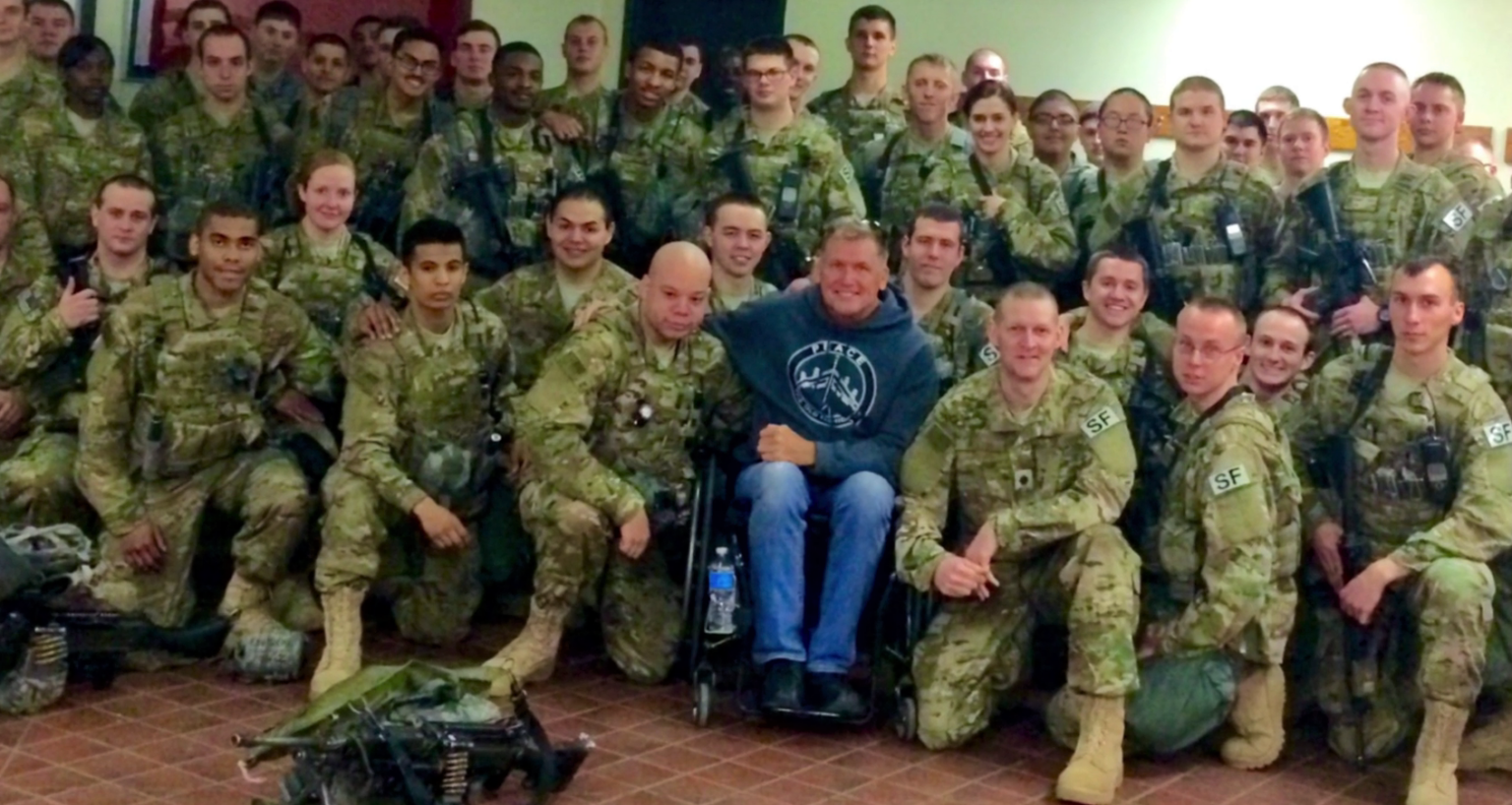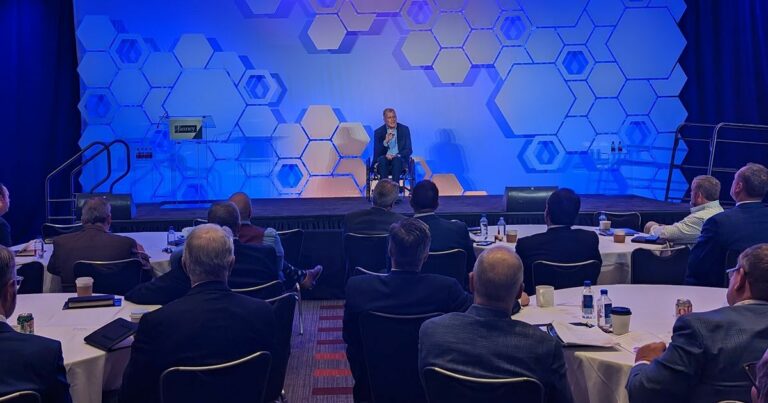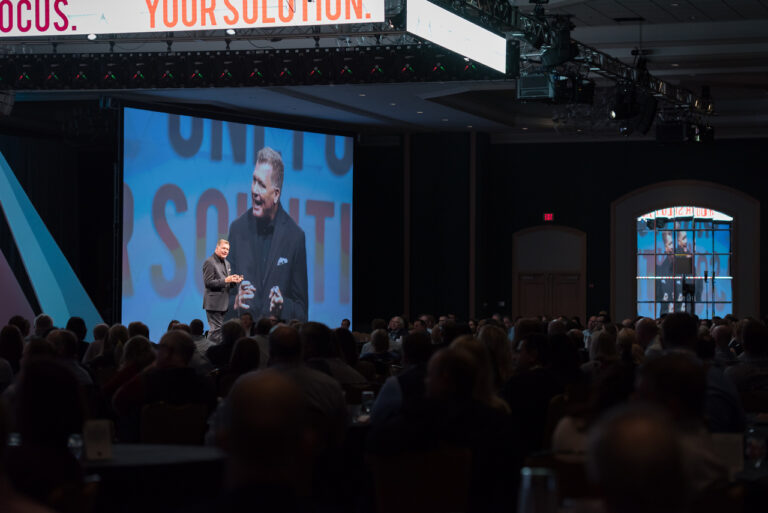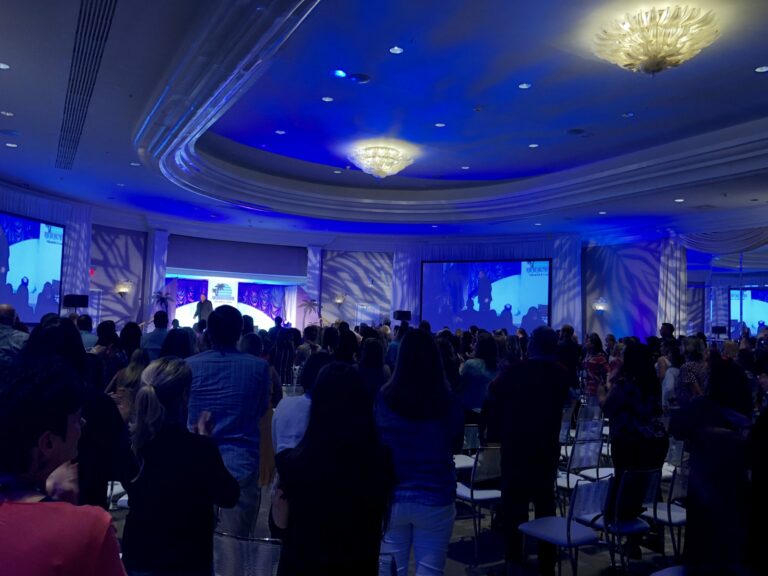Don’t Confuse Resilience with Elasticity
“Resilience is very different than being numb. Resilience means you experience, you feel, you fail, you hurt. You fall. But you keep going. – Yasmin Mogahed, Author
As a motivational resilience keynote speaker, I am puzzled when people confuse resilience with elasticity. Resilience is what happens after the rubber band breaks.
People are not rubber bands. Resilient people get up after life fails them, or hurts them, or temporarily breaks them. Resilient people heal, they don’t give up. Resilient people find solutions. Resilient people don’t ask “Why me?” Resilient people ask “What can I do to fix this? What meaningful actions can I take to become stronger than before?”
Resilience Demands Overcoming
In delivering my keynote speeches on resilience, I am reminded of a classic paper on resilience by psychologists Michele M. Tugade and Barbara L. Frederickson in 2004 in the Journal of Personality and Social Psychology.
The study verified that resilient people really do use positive emotions when faced with adversity. Whether we are facing the challenges of a post-COVID world, the merger or acquisition of our company or the healing after a serious injury, the more optimistic, upbeat or determined we are to overcome the hand we have been dealt, the better our chances for success.
Though we may not be able to fully return to our offices, or stop the acquisition of our company or regain the physical function we once had, the more positively we approach whatever lies ahead, the more effectively we can meet the challenges. However, we must be willing to put in the work.
As the world was just starting to emerge from its pandemic lockdown, the American Psychological Association updated a paper on building resilience (February 2020). One of their conclusions:
“Move toward your goals. Develop some realistic goals and do something regularly—even if it seems like a small accomplishment—that enables you to move toward the things you want to accomplish. Instead of focusing on tasks that seem unachievable, ask yourself, “What’s one thing I know I can accomplish today that helps me move in the direction I want to go?”
Moving toward goals is one of the key components of resilience. Resilience demands we must find purpose; not just part-time, but full-time.
As I was recovering from my spinal injury, I knew that I needed to move toward a goal no matter how small. If that goal was to be able to move my wrist by an eighth of an inch, and I finally achieved it that week, it was a victory. If you have been laid-off and want to start a business, resilience requires that each day, every day you must do something concrete, positive and with focused intention to meet your goal.
Resilience is Experienced
As a resilience motivational speaker, I warn people to not have a mindset of rubber-band thinking or simply bouncing back. To be resilient to the changes in our lives, we must be willing to fix what has been broken and to make it better. We may fail at first, we may get hurt, we may get broken, but that doesn’t mean we are resigned.
Great companies and great people have risen up from the worst of times and circumstances because they were resilient no matter what challenges were placed in front of them.
To contact Scott Burrows, Resilience Keynote Speaker for a virtual or live presentations, please reach out to him through this new website or his office at: (520) 548-1169



